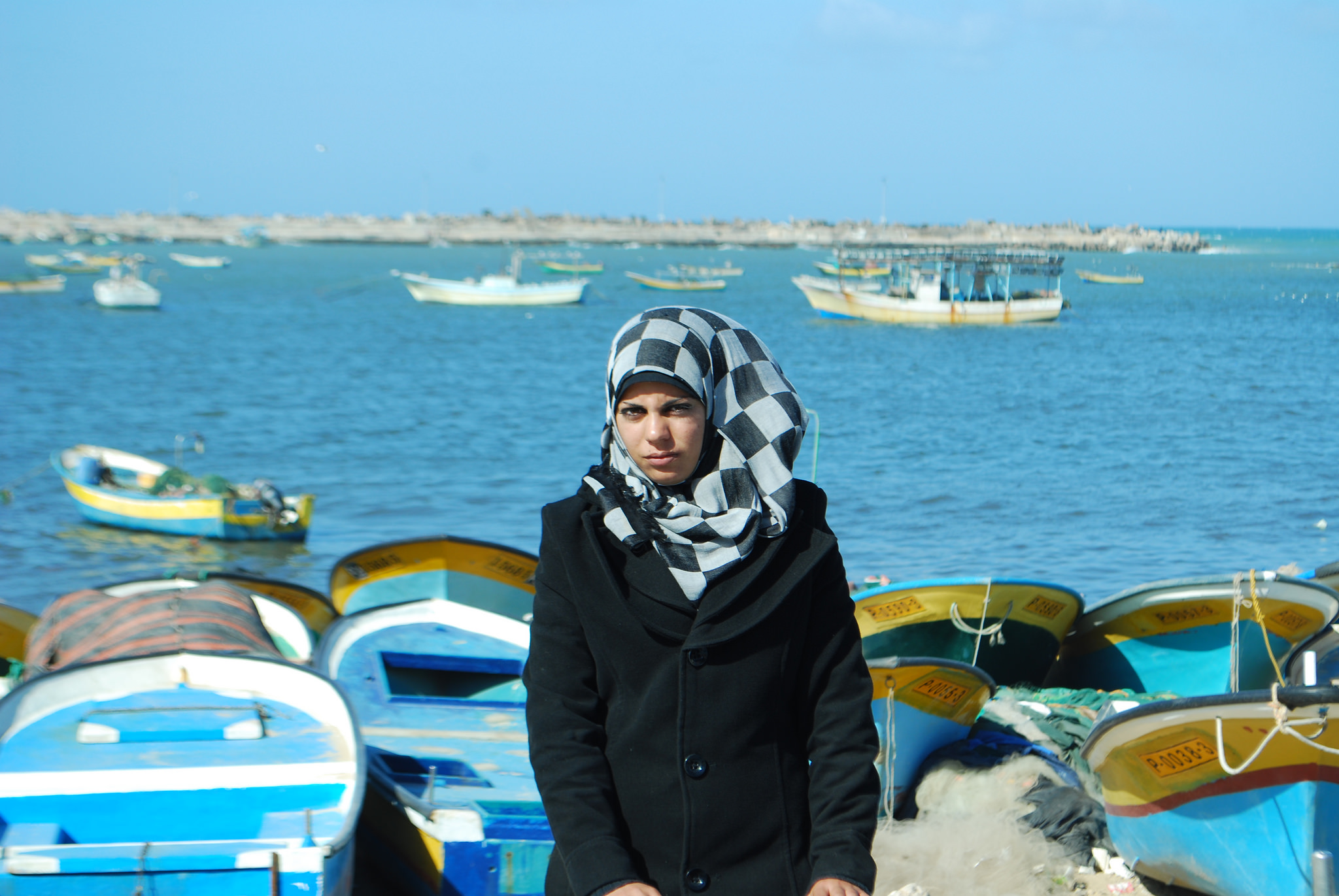Tag: Women
-

VIDEO: Children assaulted and 3 women arrested at Nabi Saleh demonstration
21st March 2015 | International Solidarity Movement, Ramallah Team | Nabi Saleh, Occupied Palestine Israeli forces arrested three women in Nabi Saleh and injured several protesters, one with live ammunition, during the village’s weekly Friday protest on March 13. The demonstration was met with the usual military violence as Israeli forces threw stun grenades and fired live ammunition at unarmed and peaceful protesters. After…
-

Madleen Kolab, Gaza’s only fisherwoman
9th February 2014 | International Solidarity Movement, Charlie Andreasson | Gaza, Occupied Palestine I have seen her standing there more then once, at the edge of the port, looking out over the boats in the harbor and then towards the horizon. And for a short second, I have seen myself, when as a child I took…
-

Updated: The three Palestinian women activists arrested last week remain imprisoned
21st August 2013 | International Solidarity Movement, Nablus Team | Nablus, Occupied Palestine Update 26th August: On Thursday, August 22, Leena Jawabreh was sentenced to 30 days (one month) in Israeli prisons, and a 1000 NIS fine. On Sunday, August 25, Linan Abu Ghoulmeh was sentenced to 60 days (two months) in Israeli prisons and…
